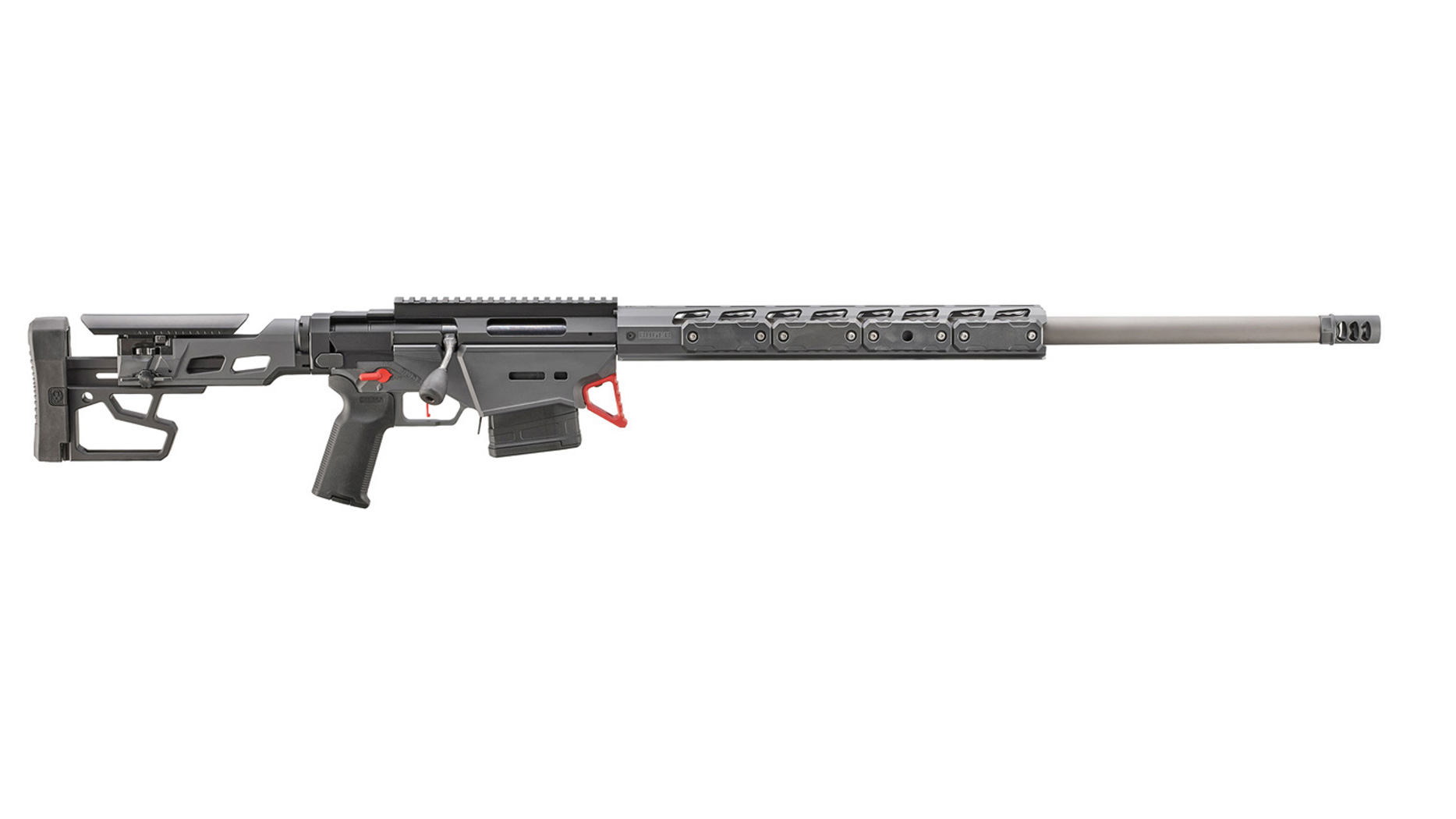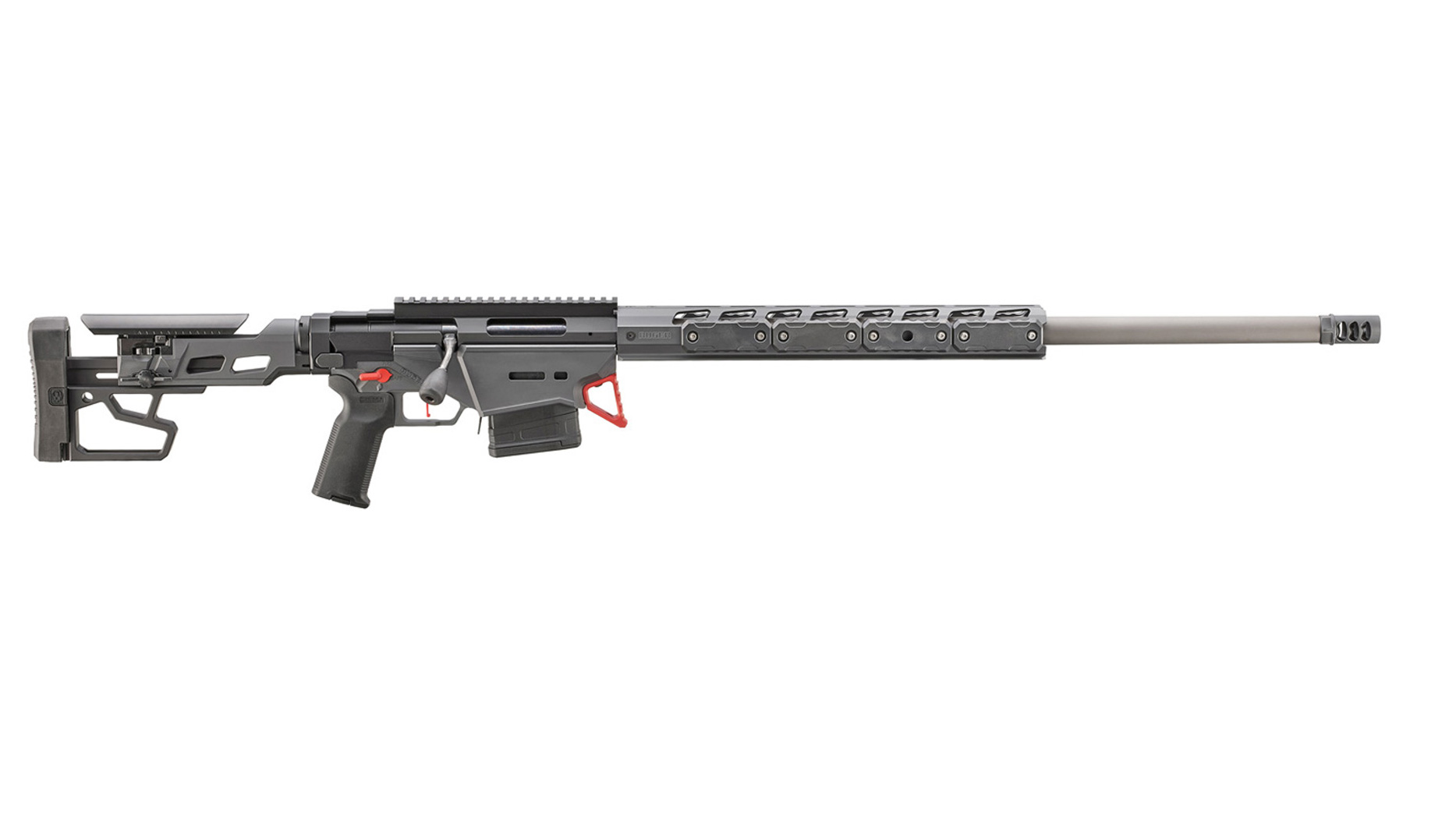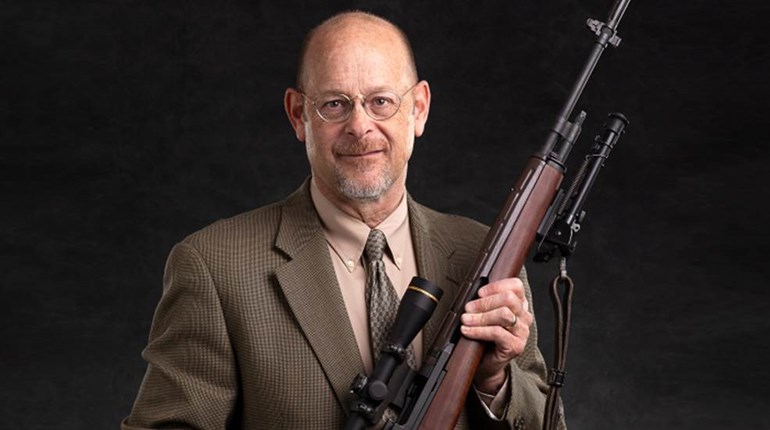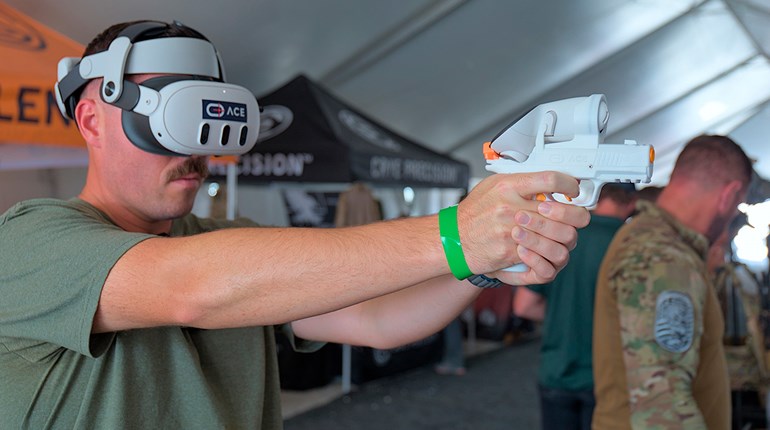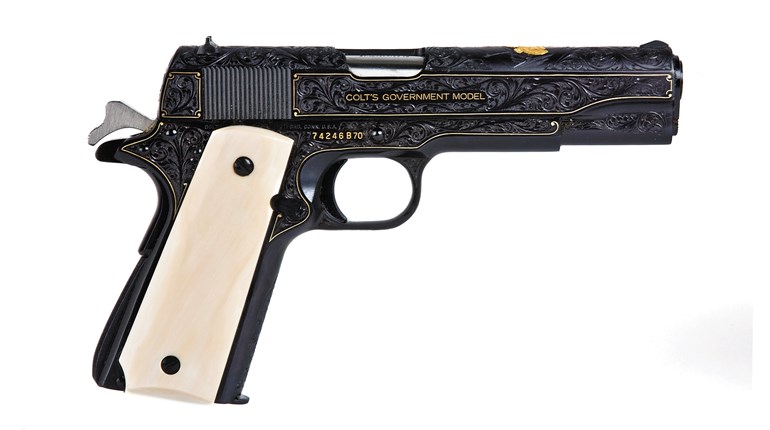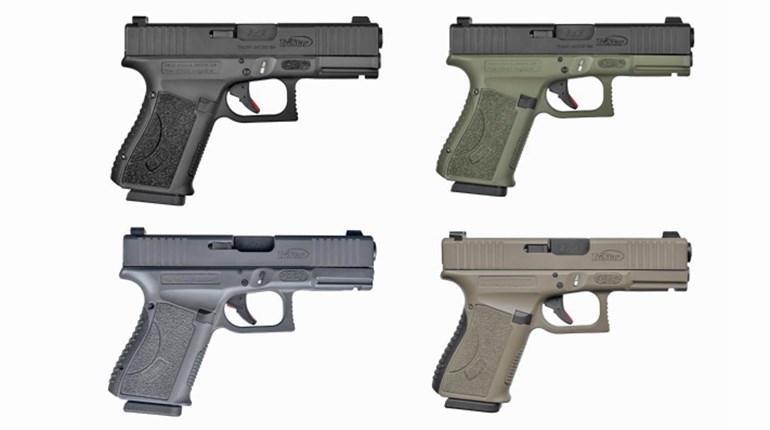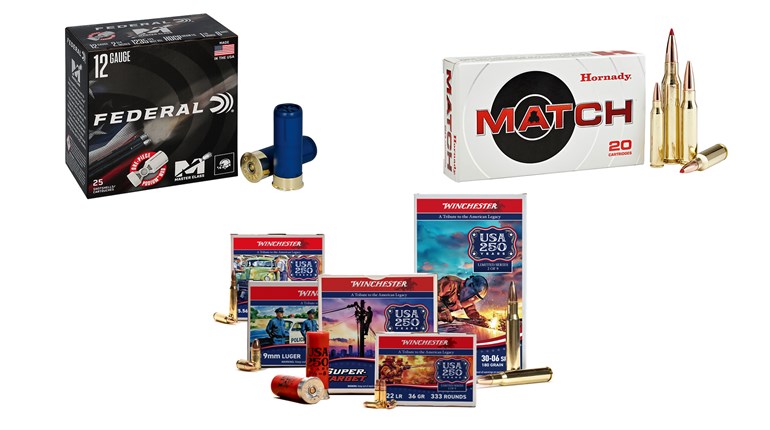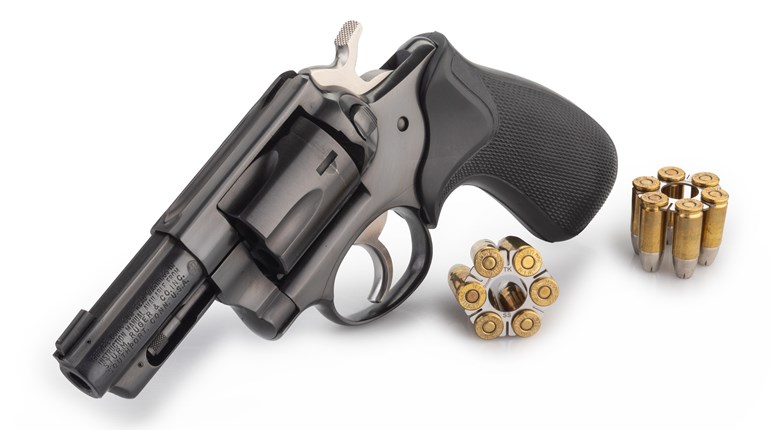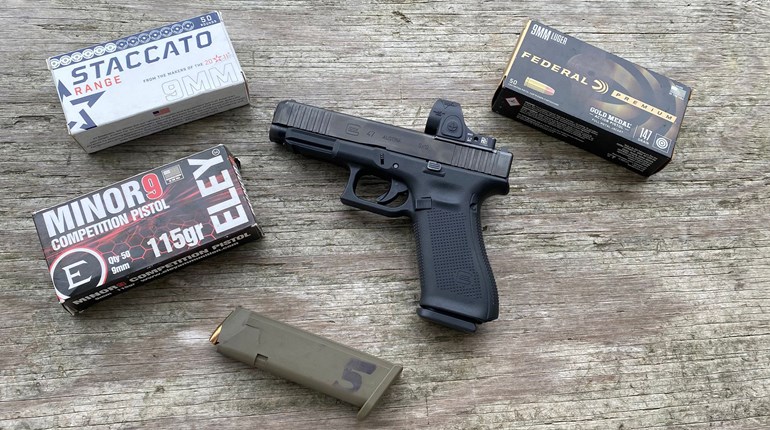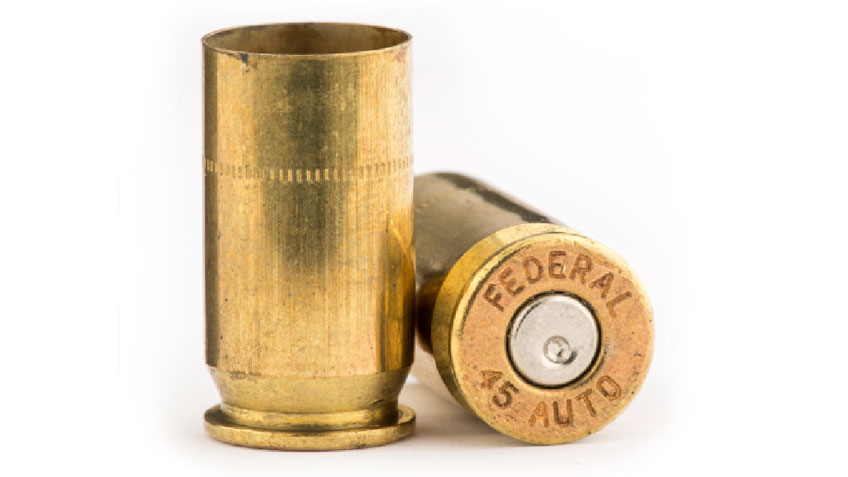
Even in today’s enlightened society, where we are supposed to be infused with gentle consideration for each other’s feelings, it is occasionally necessary to draw a figurative line in the sand. As some wise elder once observed “when a man is swinging an axe at your head, it pretty well defines the nature of the relationship.” You have a right—arguably a duty—to defend your life. When official help is not available, a firearm is the logical instrument with which to accomplish this primal task. There is no mystery to all this. For centuries, there has been pre-occupation with selecting our weaponry and developing skill in its use. We have studied what has worked for generations and attempted to distill what defensive technique we can. These considerations lead to some hard realities.
Bluntly, a pistol is the worst-possible firearm with which to defend your life. Just as bluntly, a pistol is overwhelmingly more likely to be the gun you find yourself using. The pistol’s size, weight and portability make it easy to carry and even to carry concealed. Rifles and shotguns may be much more effective, but they are neither portable nor concealable. So, the defensive firearm of convenience, if not of choice, is some form of pistol or revolver. We are not concerned here with which handgun gets the nod, but rather an aspect of maximizing that gun’s performance. How can you get the most out of the gun and, especially, the ammo?
As silly as it sounds, shoot twice. Bang, bang. If your caliber and ammo can get the job done and you can place a shot where it needs to go, another shot is simply insurance. This is not the accursed “spray and pray.” Rather, this is a practiced delivery of two aimed shots in rapid succession to the center of your attacker’s torso. Assuming a powerful caliber, the likelihood of an effective stop is high. The rounds will strike closely together, and trauma will be massive. Some have asserted that the rapid strike of the second shot magnifies the trauma, rather than adding to it. This seems a little shaky to me, particularly when the yardsticks used for measuring are not identified. The technique has been developed thoroughly and practiced endlessly, so much so that a popular slang term came into wide use to describe it—the “double tap.”
Col. Jeff Cooper never liked the phrase and it was therefore not used at the Gunsite Academy ranch. Gunsite doctrine, past and current, teaches two versions of this ritual and it has grown to be a cornerstone of its shooting style.
In the first, which is called a “dedicated” or “controlled” pair, is useful for any shooting scenario. Understand that every shot is aimed with the flash sight picture, a firm grip and delivered from a proper stance. In this fashion, every shot is going to land where it is supposed to. To the shooter it’s: aim-shoot-aim-shoot-aim. This is the drill most commonly used. Note the final “aim,” is included to keep the student shooter aware that the battle might not be over and he or she needs to stay on their sights.
The second version is “the Hammer,” which is used for shorter ranges, generally inside of 10 yards. Everything is the same as far as stance, grip and aim. The ritual for the shooter is: aim-shoot-shoot-aim. The fledgling shooter learns to reset his trigger quickly after the first shot and fires the second as quickly as he or she can. The Hammer recognizes that—at closer ranges—a trained shooter can put two shots close together.
As soon as you start doing it in a basic pistol class, Gunsite instructors tell you to shoot faster. More speed invariably causes more space between hits, where 2 to 4 inches is ideal. As shots spread, the instructors will press for a bit less speed and closer pairs. In this setting, those tight, two-shots-touching groups are not desirable. This system developed out of a need to make the simple pistol a more-effective defensive tool, not get them all into the “X” ring of some arbitrarily established paper target. A great deal of shooting, comparing and analyzing went into the creation of the doctrine. The shooter who practices it often and intently achieves power with his choice of a suitably powerful handgun. He (or she) improves both speed and accuracy with practice. Usually, it is either speed or accuracy that gets better, seldom both. A really good shooter can rapidly put a pair into a 3-inch circle at 10 yards. There are many other aspects of defensive shooting, many of them involved with handling the gun, but this Accuracy-Power-Speed credo is the cornerstone.
Once in a while, someone who has mastered these skills and worked his way up to instructing them gets into a real-life situation that demonstrates their value. When one such man—a police officer—answered a domestic disturbance call, his defensive-shooting skills were put to the extreme test. At the front door of a two-story apartment with an inside stairway, our officer met a frantic wife who was bleeding from multiple injuries. She claimed they were inflicted by a violent, drunk husband, who was reportedly upstairs. As the officer tried to calm her, he heard heavy footsteps on the stairs. He looked up and saw an angry, disheveled male coming downstairs, shirtless and with a large revolver thrust into his waistband. A few steps down, he loudly stated he was going to kill a cop—and placed his hand on the gun in a drawing motion.
Mistake.
Sometime later, the shooting was officially declared justifiable. However, the coroner was curious as to how there was one entry wound and two exit wounds. That’s because the responding officer’s controlled pair was [too] perfectly executed and sent two .45 ACP bullets through the same hole. I somehow cannot find cause to criticize this officer and his use of fightin’ iron.










